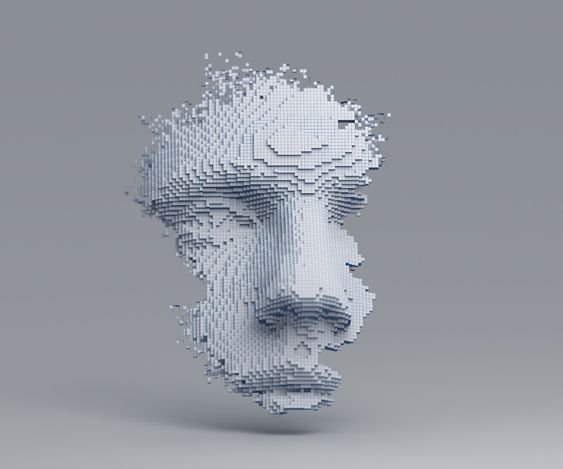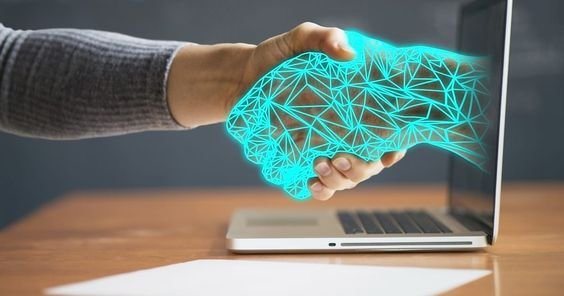
Image recognition is a pivotal application of machine learning that has seen significant advancements in recent years. From unlocking smartphones with facial recognition to diagnosing diseases from medical images, the ability to teach machines to understand and interpret visual data has transformed numerous industries. This article explores the fundamentals of machine learning for image recognition, its techniques, applications, challenges, and future trends.
Understanding Image Recognition
Image recognition involves the process of identifying and classifying objects, patterns, and features within an image. It is a subset of computer vision, which aims to enable machines to interpret and make decisions based on visual inputs. Machine learning, particularly deep learning, plays a crucial role in developing robust image recognition systems.
Key Components of Image Recognition
1. Image Preprocessing: Enhancing and preparing raw images for analysis by resizing, normalizing, and augmenting the data.
2. Feature Extraction: Identifying and extracting relevant features from images that are crucial for classification or detection.
3. Model Training: Using labeled datasets to train machine learning models to recognize patterns and features within images.
4. Model Evaluation: Assessing the performance of the trained model using metrics such as accuracy, precision, recall, and F1 score.
5. Deployment: Implementing the trained model into real-world applications for tasks like object detection, image classification, and facial recognition.
Machine Learning Techniques for Image Recognition
Convolutional Neural Networks (CNNs)
Convolutional Neural Networks are the backbone of most modern image recognition systems. CNNs are designed to automatically and adaptively learn spatial hierarchies of features through backpropagation by using multiple building blocks, such as convolution layers, pooling layers, and fully connected layers.
Key Components of CNNs
1. Convolution Layers: Apply convolution operations to the input image, creating feature maps that capture local patterns such as edges and textures.
2. Pooling Layers: Reduce the dimensionality of feature maps, retaining the most important information while reducing computational load.
3. Fully Connected Layers: Flatten the output from convolutional and pooling layers and pass it through one or more dense layers to make the final prediction.
4. Activation Functions: Introduce non-linearity to the model, allowing it to learn complex patterns. Common activation functions include ReLU, sigmoid, and softmax.
Transfer Learning
Transfer learning involves using pre-trained models on large datasets (such as ImageNet) and fine-tuning them for specific tasks. This approach leverages the learned features from pre-trained models, reducing the need for extensive computational resources and large labeled datasets.
Data Augmentation
Data augmentation techniques artificially expand the size of a training dataset by creating modified versions of images. Common augmentation techniques include rotation, scaling, cropping, flipping, and adding noise. This helps in improving the robustness and generalization of the model.
Generative Adversarial Networks (GANs)
GANs consist of two neural networks, a generator and a discriminator, which compete against each other. GANs can generate new, synthetic images that resemble real images, which can be used to augment training data or create new visual content.
Applications of Image Recognition
Facial Recognition
Facial recognition systems analyze facial features from images or video frames and compare them with a database of known faces. Applications include unlocking devices, surveillance, and identity verification.
Object Detection
Object detection models identify and locate objects within an image. This is widely used in autonomous driving, where the system must detect pedestrians, vehicles, and traffic signs.
Medical Imaging
Image recognition in medical imaging assists in diagnosing diseases by analyzing medical scans such as X-rays, MRIs, and CT scans. It helps detect anomalies, such as tumors, with high accuracy.
Image Classification
Image classification models assign a label to an image based on its content. This is used in various applications, from organizing photo libraries to identifying products in e-commerce.
Augmented Reality (AR)
AR applications overlay digital content on the real world, requiring accurate image recognition to align virtual objects with physical surroundings. This technology is used in gaming, retail, and navigation.
Industrial Automation
Image recognition systems in industrial automation help in quality control, defect detection, and sorting of products on assembly lines. This increases efficiency and reduces the need for manual inspection.
Challenges in Image Recognition
Data Quality and Quantity
High-quality, labeled datasets are essential for training robust image recognition models. Acquiring and annotating large datasets can be time-consuming and expensive.
Variability in Images
Images can vary significantly in terms of lighting, angle, resolution, and background. Ensuring that models generalize well across different conditions is a significant challenge.
Computational Resources
Training deep learning models, especially CNNs, requires substantial computational power and memory. Access to GPUs or specialized hardware accelerators is often necessary.
Real-Time Processing
Many applications, such as autonomous driving and surveillance, require real-time image recognition. Ensuring low latency and high accuracy in real-time scenarios is challenging.
Privacy and Security
Facial recognition and surveillance systems raise concerns about privacy and data security. Ensuring ethical use and protecting personal data are critical considerations.
Future Trends in Image Recognition
Advancements in Deep Learning Architectures
Continued advancements in deep learning architectures, such as Capsule Networks and Vision Transformers, promise to improve the accuracy and efficiency of image recognition models.
Edge Computing
Edge computing brings computation closer to the data source, enabling real-time image recognition on devices like smartphones, drones, and IoT devices. This reduces latency and bandwidth usage.
Explainable AI
As image recognition systems become more complex, the need for explainability increases. Developing models that provide transparent and interpretable results is crucial for gaining trust and ensuring accountability.
Synthetic Data Generation
Generating synthetic data using techniques like GANs can help overcome data scarcity and improve model performance. Synthetic data can be used to simulate rare events or augment existing datasets.
Integration with Other Technologies
Integrating image recognition with other technologies, such as natural language processing and robotics, will enable more sophisticated applications. For example, combining image and text analysis can enhance search engines and virtual assistants.
Conclusion
Machine learning has revolutionized image recognition, enabling machines to understand and interpret visual data with unprecedented accuracy. From facial recognition and medical imaging to autonomous driving and augmented reality, the applications of image recognition are vast and varied. While challenges such as data quality, variability, and computational requirements remain, ongoing advancements in technology promise to address these issues and unlock new possibilities. As we move forward, ethical considerations and explainability will be paramount in ensuring the responsible and effective use of image recognition technologies.
ALSO READ: AI in Modern Healthcare: Role, Application, and More







